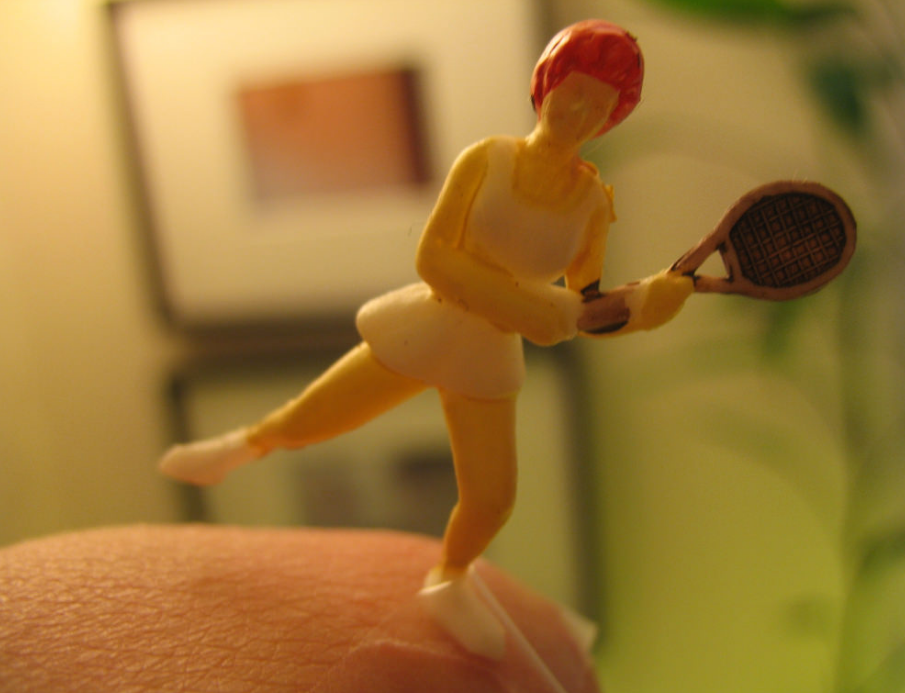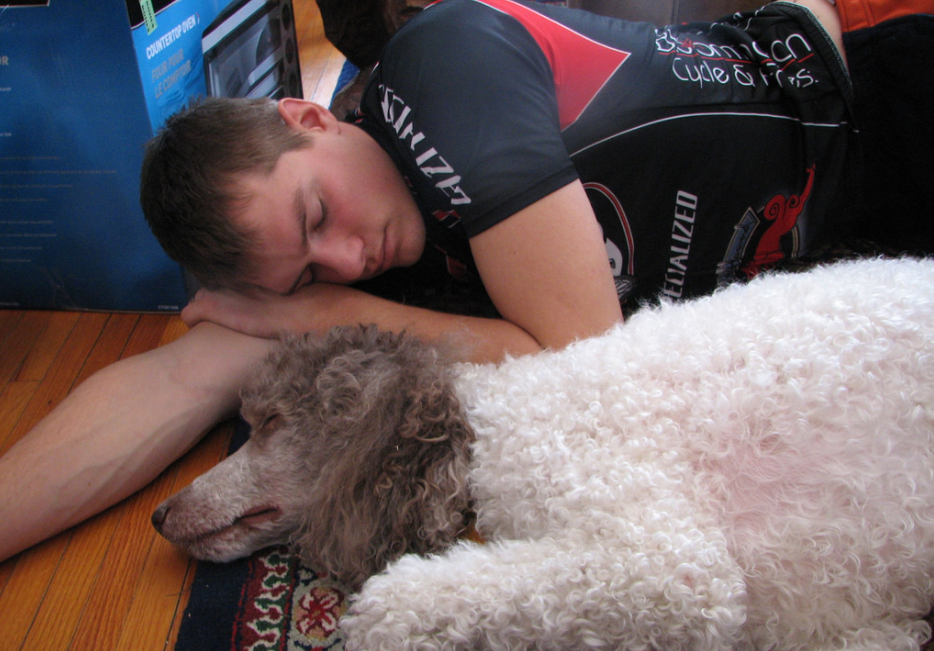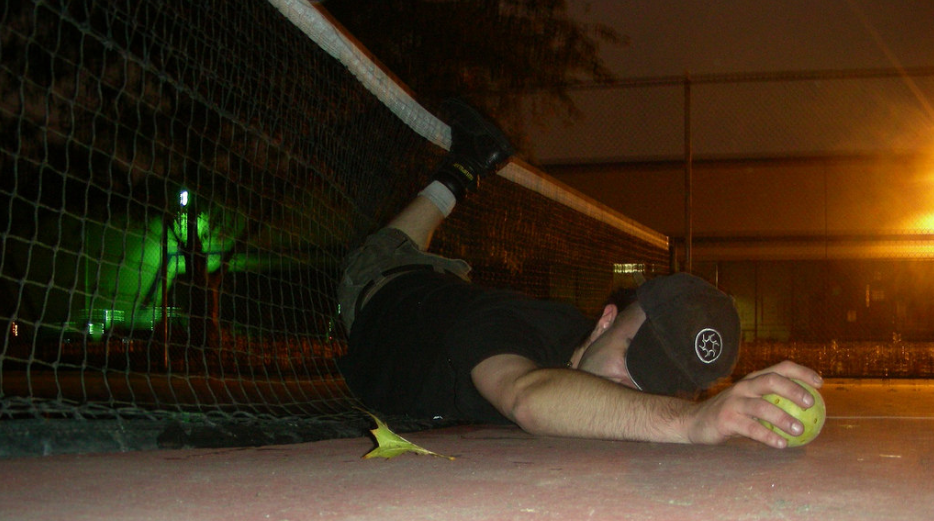We all know how addicting pickleball can be. Once you get a taste for the game, you may soon find yourself on the courts several weeks in a row.
Pickleball is much gentler on the body than tennis, but as with any racquet sport, it still carries risks. You might find that a little niggling soreness in your swinging arm develops into a full-blown overuse injury.
If that happens, you might be dealing with 'pickleball elbow.' Like tennis elbow, pickleball elbow occurs when the tendons in your arm become strained from repetitive motion. The technical name for this condition is lateral epicondylitis, and although a number of factors can contribute to it, the most commonly affected tendon is the extensor carpi radialis brevis or ECRB.
 Credit: Rakka
Credit: Rakka
This tendon is what helps stabilize the wrist when the elbow is held straight. As such, it's most likely to be damaged by use of improper form during groundstrokes and backhanded hits, although sometimes you may just need to strengthen the surrounding muscles to prevent these motions from causing damage.
This condition can be frustrating to deal with, as it can put you out of commission for several months while healing. Worse still, if you don’t fully allow your body to recover during that period, there's a high chance for recurrence.
Here are some key ways to treat pickleball elbow if you've experienced these common pains:
Anti-Inflammatories
Anti-inflammatory medicine can help reduce the pain of pickleball elbow and recover more comfortably during breaks. If it's safe for you to take an aspirin now and then, go ahead and let the pill do its work. Just don't take advantage of the lack of pain to jump back into play until you're truly healed!
Rest
Playing safely and taking stock of your body's limitations is often the best way to prevent pickleball elbow. A little extra rest now and then is much preferable to having to swear off pickleball for months, so remain aware of any discomfort you feel during play. If you start to feel pain, take a break and don't force extra play time if your body isn't prepared.
 Credit: Joyce Cole
Credit: Joyce Cole
Stretching and Physiotherapy
Gentle forearm stretches and 'banding' can alleviate pain while also making your body more receptive to increased activity. If you're finding at-home treatment isn't working, consult a physiotherapist for proper treatment and offer tips on how to keep your body functioning at its highest level.
Weight Training
A good way to avoid overuse injuries is to ensure your body is as prepped for play as possible. By building up the muscles in your forearm, you can take stress away from the elbow. You can use a light weight to perform wrist curls and reverse curls, which will gradually strengthen the load and shock your arm can withstand. Another good exercise is to squeeze a stress ball or weakened tennis ball to build up your grip strength.
Proper Technique
Work with a pickleball coach to ensure that the 'riskiest' strokes you perform are executed properly to avoid undue stress on your tendons. Another consideration is that you may want to change up your playstyle and grip. For example, the Western grip is less common in pickleball than tennis but can still help to add additional topspin to your shots. Unfortunately, it also places a lot of pressure on your arm, meaning you may want to try a different method to prevent injury.
 Credit: zerothousand
Credit: zerothousand
As always, we hope picklers everywhere will stay safe and treat themselves well both on and off the courts. Don't hesitate to seek professional advice if you're dealing with pain.
Pickleball should help promote your health, not hold you back!
Share Product:
SHARE THIS:


